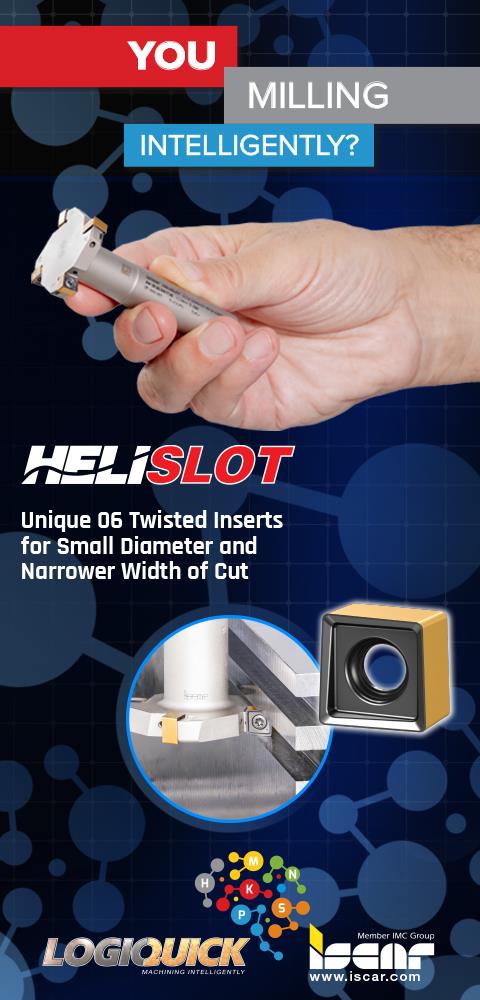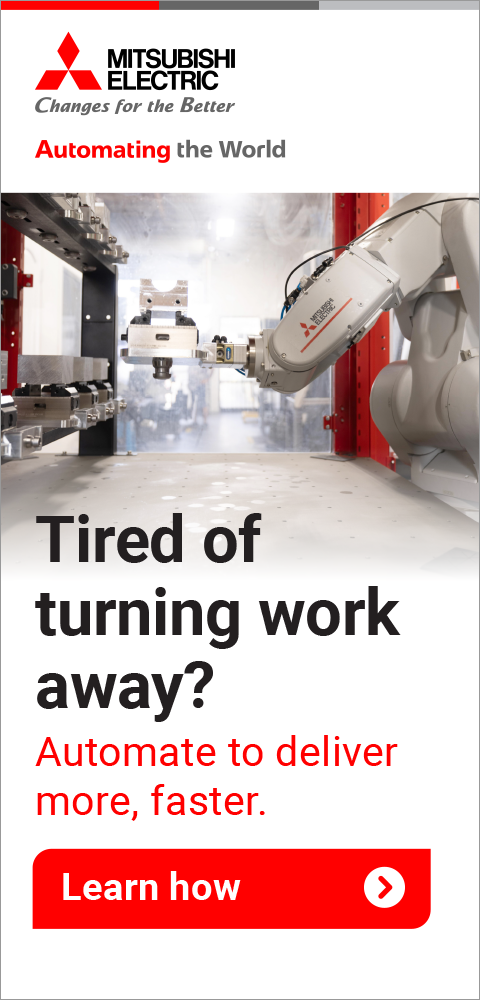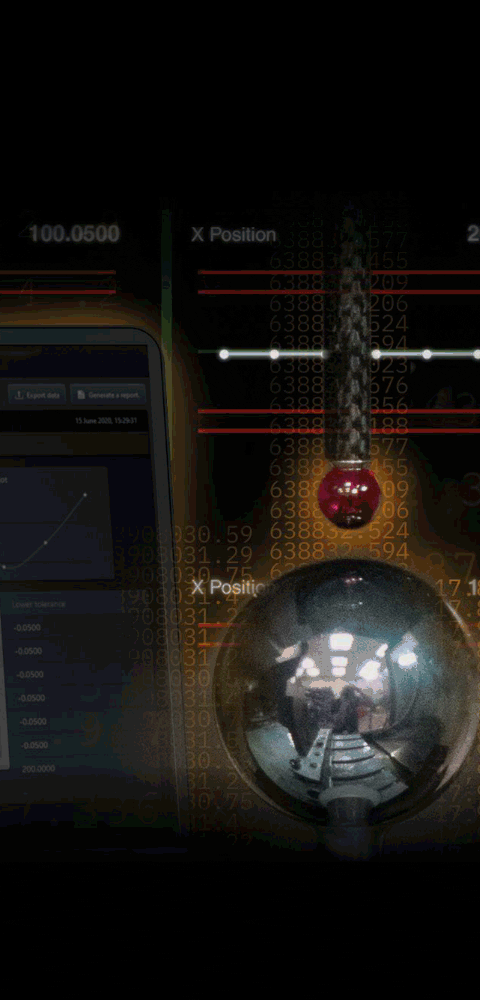








Virtual Robot Braking Distance Simulator
July 1, 2022
ABB's RobotStudio offline programming and simulation software has been upgraded with a virtual robot braking distance function designed to create an exact simulation of the real-world stopping distance of a robot. Enabling the robot's braking distance to be accurately calculated, the function overcomes the need to add safety margins into cell designs, enabling space savings of up to 25%, according to the company.
"Predicting exactly where a robot will stop depends on a range of variables including speed, payload and the robot's own inertia," said a company spokesperson. "These factors, individually or combined, can result in the robot coming to a halt outside of its safety zone, sometimes by several meters. To compensate for the variability in stopping distances, engineers designing robot cells traditionally oversize them to allow for additional movement as the robot comes to a stop, which uses unnecessary space on the factory floor."
The spokesperson continued, "The RobotStudio robot braking distance function uses ABB's motion control technology to predict the robot's movements with millimetric precision. This allows the exact movement of the robot to be simulated in RobotStudio, enabling the user to determine the correct size of the safety zone required, and the ideal location of features including light curtains, safety fencing and controllers."
For applications using ABB's SafeMove software, the data on the robot's final position can be used to determine the size of the green, amber and red zones where the robot will either continue working, slow down or come to a halt, depending on the location of the operator. This is especially beneficial in collaborative applications where operators need to be confident that a robot has stopped before approaching it.
For more information contact:
ABB Robotics & Discrete Automation
1250 Brown Road
Auburn Hills, MI 48326
248-391-9000
www.abb.com/robotics
< back